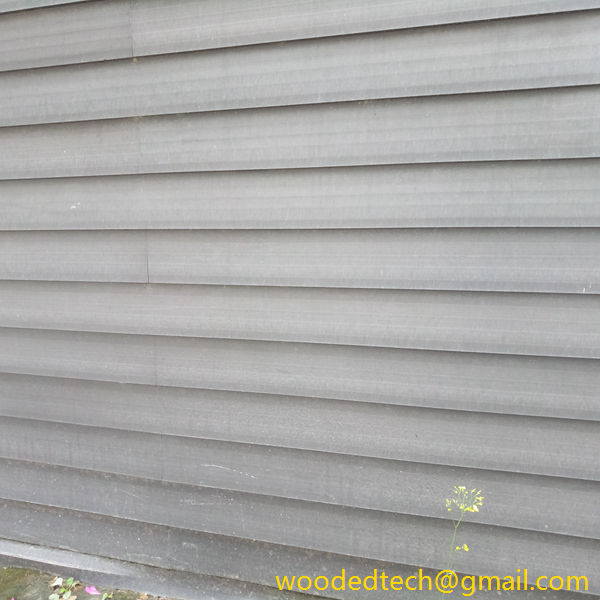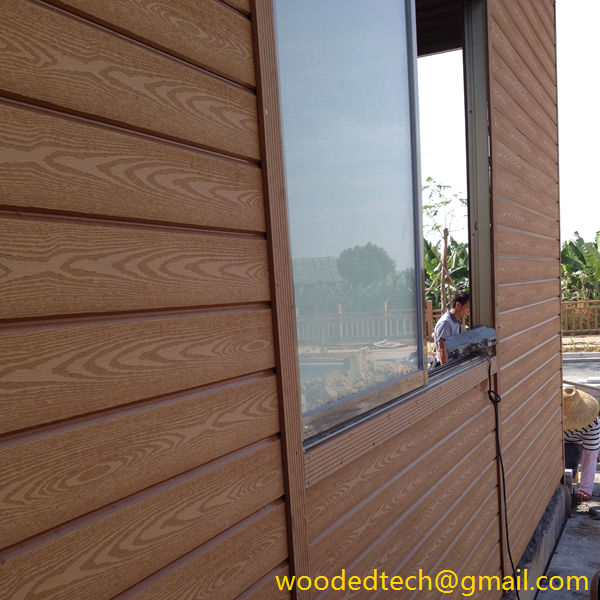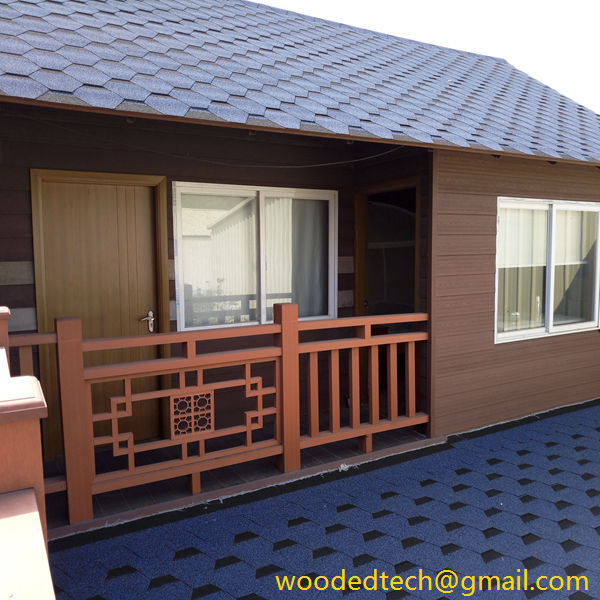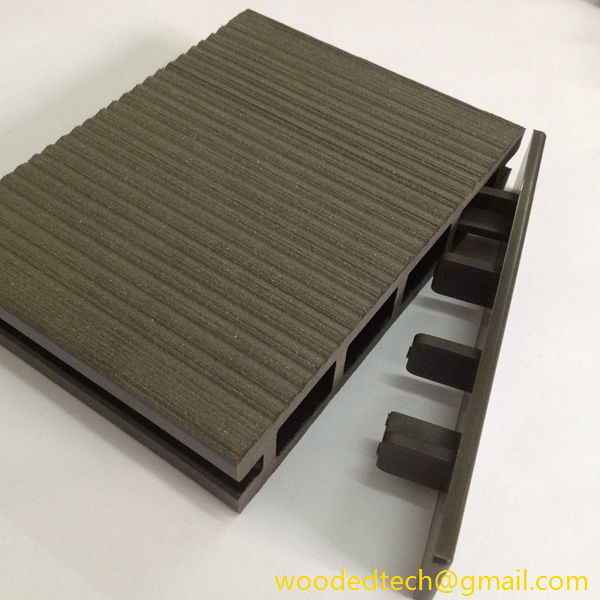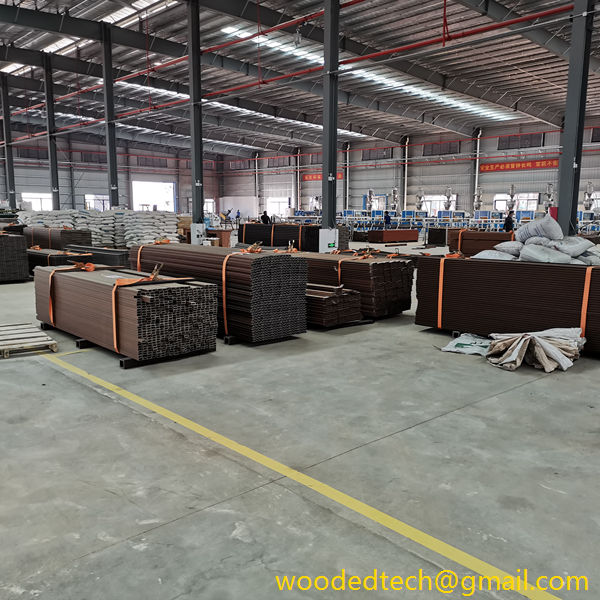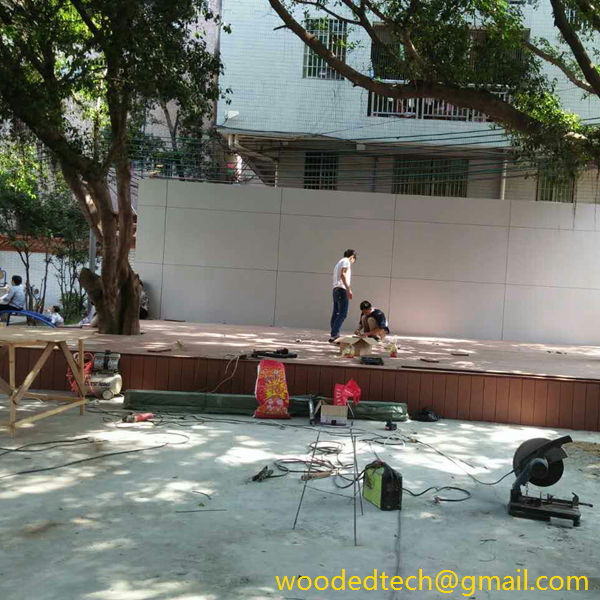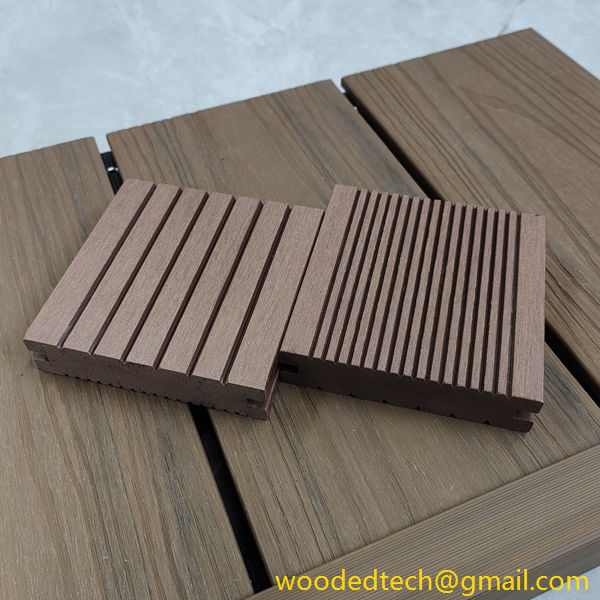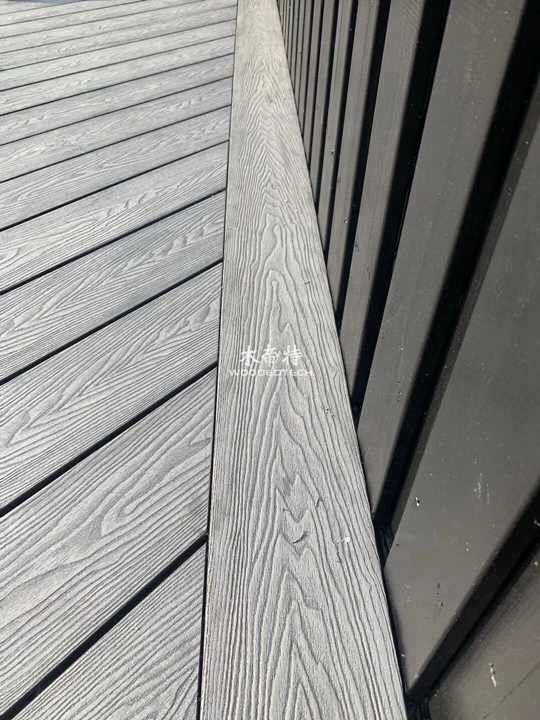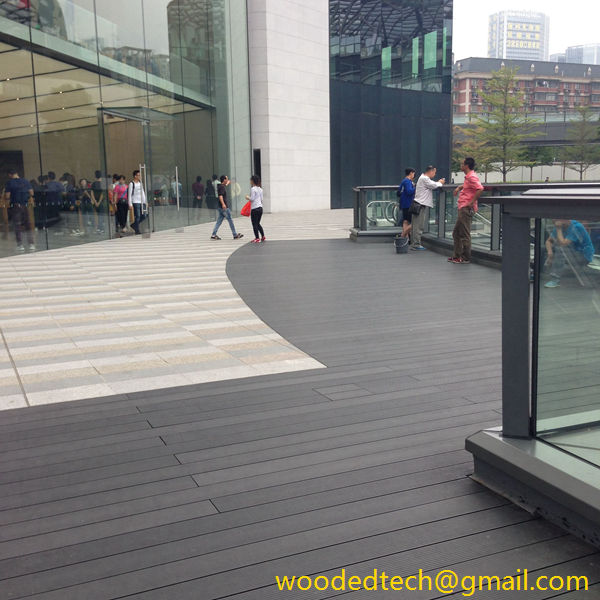인테리어 디자인을 위한 WPC on Wall의 다양한 활용성 알아보기
인테리어 디자인을 위한 벽면용 WPC의 다양한 활용성 알아보기 최근 몇 년 동안 인테리어 디자인 세계는 미적 감각과 기능성을 모두 충족하는 혁신적인 소재의 도입으로 놀라운 변화를 목격했습니다. 이 급성장하는 시장에서 눈에 띄는 재료 중 하나는 목재 플라스틱 복합재(WPC)입니다. 이것은...
인테리어 디자인을 위한 WPC on Wall의 다양한 활용성 알아보기
In recent years, the world of interior design has witnessed a remarkable transformation fueled by the introduction of innovative materials that cater to both aesthetics and functionality. One of the standout materials that have emerged in this booming market is Wood Plastic Composite (WPC). This versatile material is gaining traction in interior applications, particularly in wall design, as designers and homeowners alike seek ways to enhance their spaces while enjoying the benefits of durability and sustainability.
WPC is a composite material made from a combination of wood fibers and plastic, resulting in a product that mimics the natural beauty of wood while offering superior performance characteristics. This duality makes it an attractive option for interior wall applications, where both visual appeal and practicality are essential. The ability to achieve a wood-like finish without the drawbacks of traditional wood makes WPC an ideal choice for various design styles, from modern minimalism to rustic charm.
One of the primary advantages of WPC is its resistance to moisture, making it suitable for areas prone to humidity, such as bathrooms and kitchens. Unlike traditional wood, which can warp or rot when exposed to excess moisture, WPC maintains its structural integrity, making it a long-lasting solution for interior walls. This quality is particularly appealing in regions with humid climates or in homes with high moisture levels, where maintaining the integrity of wall materials is crucial.
Furthermore, WPC is engineered to withstand the rigors of daily life. Its durability makes it resistant to scratches, dents, and fading, ensuring that the walls retain their beauty even in high-traffic areas. This resilience is particularly beneficial for families with children and pets, where wear and tear can be a concern. Homeowners can enjoy the aesthetic qualities of wood without worrying about the maintenance associated with traditional materials.
The versatility of WPC extends beyond its physical properties. It is available in a wide range of colors, textures, and finishes, allowing designers to unleash their creativity and customize spaces according to their vision. From sleek, contemporary designs featuring smooth finishes to warm, inviting looks with textured surfaces that resemble reclaimed wood, WPC can cater to a multitude of design preferences. This adaptability makes it an ideal choice for residential and commercial projects alike.
Another compelling aspect of WPC is its eco-friendly nature. As sustainability becomes increasingly important in design, WPC provides an attractive alternative to traditional materials. The use of recycled wood fibers and plastics in its production means that WPC is not only a sustainable choice but also contributes to reducing waste in landfills. For environmentally conscious designers and homeowners, incorporating WPC into wall design aligns with their values while still achieving beautiful, functional spaces.
In addition to its aesthetic and practical benefits, WPC is relatively easy to install. The lightweight nature of the material simplifies handling and reduces installation time, making it a cost-effective choice for contractors and DIY enthusiasts. This ease of installation opens up possibilities for creative wall applications, such as feature walls, accent panels, and decorative moldings. The ability to achieve complex designs with minimal effort further enhances its appeal in the competitive interior design market.
The growing popularity of WPC in wall applications is also supported by advancements in technology. Manufacturers are continually improving the production processes of WPC, resulting in higher quality products that meet the evolving demands of designers and consumers. Innovations such as enhanced colorfastness, improved texture replication, and advanced weather resistance ensure that WPC remains a top choice for interior design projects.
As the market for WPC continues to expand, it is essential for designers and homeowners to understand the various applications of this versatile material. From residential living spaces to commercial establishments, WPC can be utilized in numerous ways. In living rooms, it can create stunning feature walls that serve as focal points, while in offices, it can contribute to a modern and professional atmosphere. The possibilities are truly endless.
In conclusion, the versatility of WPC as a wall material in interior design is undeniable. Its combination of aesthetic appeal, durability, moisture resistance, and eco-friendliness positions it as a leading choice for contemporary design projects. With a plethora of options available, designers can create unique and personalized spaces that reflect their clients’ tastes while ensuring long-lasting performance. As the demand for innovative materials continues to rise, WPC is poised to play a significant role in shaping the future of interior design. Whether you are a homeowner looking to revamp your living space or a designer seeking the perfect material for your next project, consider the endless possibilities that WPC offers for transforming walls into works of art. Embrace this versatile material and discover how it can elevate your interior design endeavors to new heights.

